MURRAY DESSNER
Murray Dessner (1934-2012) was an American artist. A painter of large scale, luminous, non-objective acrylic works on canvas, he studied at the Fleisher Art Memorial and The Pennsylvania Academy of the Fine Arts in Philadelphia, where he later taught for many years. For more information contact artmobia
-
Lingering Light
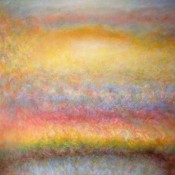 add to drawer
add to drawer
-
Beyond
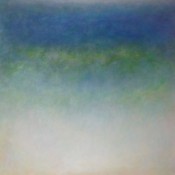 add to drawer
add to drawer
-
At Dawn At Dusk
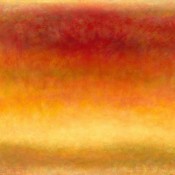 add to drawer
add to drawer
-
Café au Lait
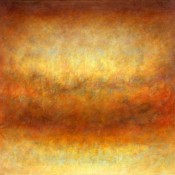 add to drawer
add to drawer
-
Beyond Reach
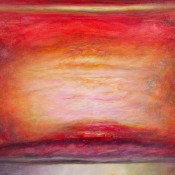 add to drawer
add to drawer
-
Last Horizon
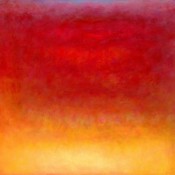 add to drawer
add to drawer
-
Silver Light
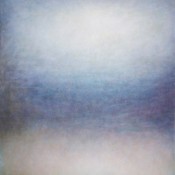 add to drawer
add to drawer
-
Georgio
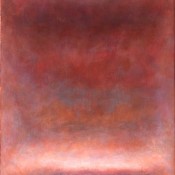 add to drawer
add to drawer
-
Luxembourg Gardens
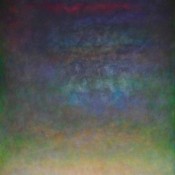 add to drawer
add to drawer
Murray Dessner’s new series of non-objective paintings continues the artist’s ongoing exploration of light and color. These works exhibit a greater interest in the depiction of depth in an attempt, as stated by Dessner, to “make each canvas a world.” His use of light becomes a means for reflection upon elusive aspects of life. Built up of thick passages of sumptuous tones, the compositions suggest a range of sensations, from powerful movement to transcendent calm.
Exerting an impact both optical and physical, the life-size canvases evoke the sense of a site you can enter. The experience of standing in close proximity to one of Dessner’s canvases is best described as environmental. Much like an encounter with a canvas by Mark Rothko, these works physically address the viewer. Lush brushstrokes and tonal contrasts direct the eye simultaneously across the picture plane and into perceived depth. The viewer’s body is confronted with a canvas that either addresses it from head to foot or nearly encompasses one’s field of vision horizontally.
In this new work Dessner develops his compositions on horizontal bands of color spanning the top and bottom portion of each canvas. This basic structure alludes to that of an opening, a window or grotto that provides a visual entrance into the space of the canvas. From these bands, intervals of stunning fields of color are layered upon the surface, creating the impression of a progression into space through deft tonal variations. Dessner’s palette changes from painting to painting, evoking various emotive responses.
A comparison between the smaller scale preliminary studies and the life-size canvases dramatizes the intricacies involved in Dessner’s process. The studies are fairly contained, clearly revealing the structure of their compositions. As the scale of the works increase, the colors intensify and their true expressionistic character is revealed. The artist’s gesture becomes more fluid increasing the overall effect of the painting.
The juxtaposition of thick passages of powerfully worked strokes of deep greens, reds, purples, or blues next to more serene areas of creamy yellows, pinks, or oranges, creates the effect of a dramatic light-infused space. These thick pulls of paint, with their rich texture and vivid coloration, call to mind delicate lyricism and a multitude of organic associations.
Dessner’s investigations into the use of pure paint to express light, color, and depth touch upon both concrete and abstract themes. A variety of art historical movements are amongst his inspirational predecessors. These include the Venetians of the Italian Renaissance, the French Impressionists, and the American Luminists, and the Abstract Expressionists. Each one of these movements embraced, in some manner, the concept of a romantic sublime, an impression that is deeply present in Dessner’s work. These complex and romantic compositions reward prolonged looking and contemplation.
by Meredith Malone, Ph.D
